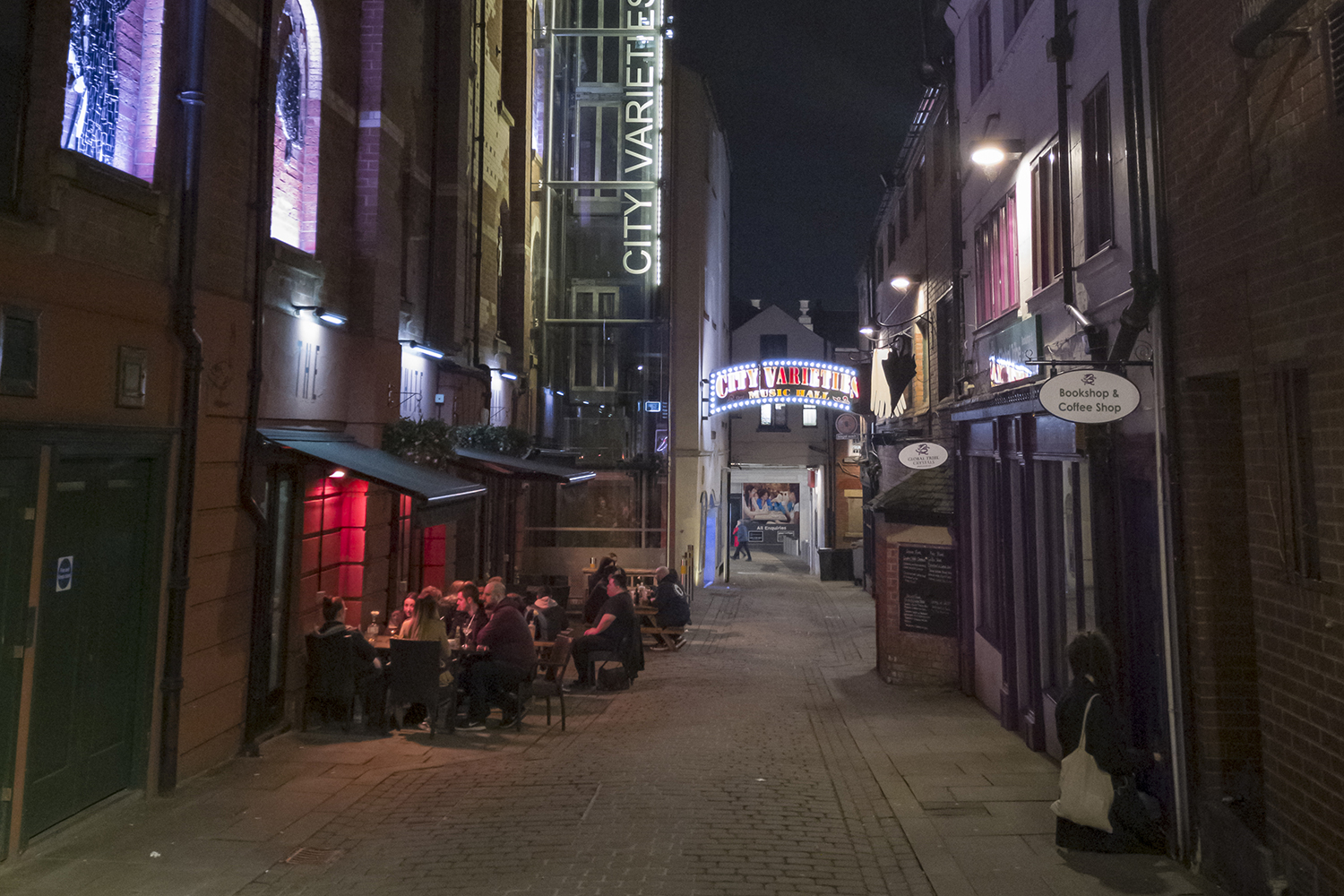During the course I have been inspired to look at things in a different way. My tutors have all been different but have all nurtured this change in me.
My research for this assignment led me to think about the way we project our identities onto a place. The legal battle I researched into the changes made to living spaces in New York led me to think of the changes I was seeing in my home city of Leeds. Robert Moses and Jane Jacobs’s battle over areas of the New York highlighted to me how much thought goes into planning development. Leeds is in the middle of such a process.
My great grandparents lived and worked in the Holbeck area of the city, south of the Railway station. They worked in the places now being developed. Construction companies are working hard, making these sites into new living space for the workers of the city.
(1)Karl Marx referred in “Theory of Human Nature” to Gattungswesen or species being. This means that one human being is the whole of humanity. We are all a part of the whole. So each individual contributes to community.
Arriving in Leeds I see a building which has developed in this area, like an oasis within a desert. I wondered what would happen to this new area in relation to people and the place created for them. Would that sense of community my forebears spoke of be visible? I didn’t think it would.
I walked around with my camera and looked at the area, the new building seemed stark, sterile, all concrete and glass, however I liked the way old and new are layered keeping a link between both.
In my photographs of the Polar Regions I like the photos showing detail and wanted to use this approach to capture the identity being developed. Wojtek Ogorselski shows this in the book “Organic Architecture”, his work shows buildings in detail from Norway, Poland and Portugal.
(2)Susan Sontag’s words from “On Photography”, “Be Coaxed from subject matter, profoundly banal. Such as petrol stations, empty living rooms are ideal photographic settings”. These words resonated with me as I walked around thinking, seeing and doing.
(3)Liz Wells says “It seems then. That we may be drawing close to a time when every moment of our lives is capable of being recorded, not by street photographers or happy snappers but by ourselves”. This quote also drives me towards this being a long term project, so these fifteen photographs are just the beginning of a journey.
The second part of my series adds people, once people are added the place takes on part of their identity and becomes a community. I didn’t think these spaces would have an identity so soon after the first phases were finished but they do. People build places by adding their identity. One is part of ALL.
It will be interesting to see how this identity develops over time. This will be a very long term project.
Works Cited
(1)Marx, Karl. 1845. (accessed 3 12, 2019).
(2)Sontag, Susan. “On Photography.” In On Photography, by Susan Sontag. New York: Penguin, 1978.
(3)Wells, Liz. In Photography a critical introduction, by Liz Wells. London: Routledge, 2015.















Contact Sheets.



